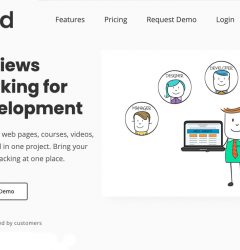Google I/O: What’s At Stake For Developers? [Updated]
13 May
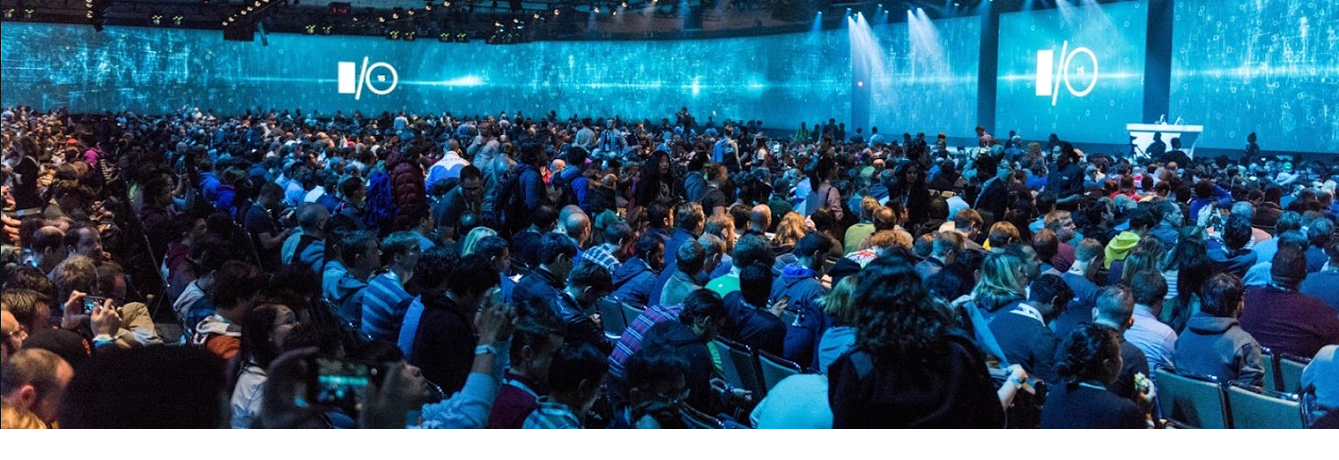
The Google I/O is easily the biggest annual festival of software developers and tech innovators. “Innovation in the Open” reflects the open-source nature of the projects that Google showcases during the conference, with each of the past ones being heavily about the android, Google’s biggest yet software venture. This year, however, the glare is off the Android N, the latest version of the mobile OS, as Google released the developer preview a good two months before the I/O. Nevertheless, as far as developers are concerned, the bulk of announcements and releases are going to be based around the open source OS.
Jason Titus, VP — Developer product Group at Google, in his keynote speech at the I/O 2015, had shaped his speech around three phases of the lifecycle of development of a product — develop, engage and earn. Assuming, rather safely, that these are the core areas that will continue to shape and direct Google’s efforts to enable developers, here’s what we can expect from the upcoming I/O at the Shoreline Amphitheatre, Mountain View, California.
DEVELOP
1) Android N — Along with naming the latest version of Android, there will be a session on the latest APIs, functionalities and performance. The blueprint of evolution of the Android, in the span of next one year, will form the cornerstone of Google’s plan to capture the “next billion”. Google’s next step to make Android more accessible will be making it ‘offline ready’. The development kits may receive an upgrade too, with a rather unrealistic expectation being the inclusion of more languages in the Native Development Kit.
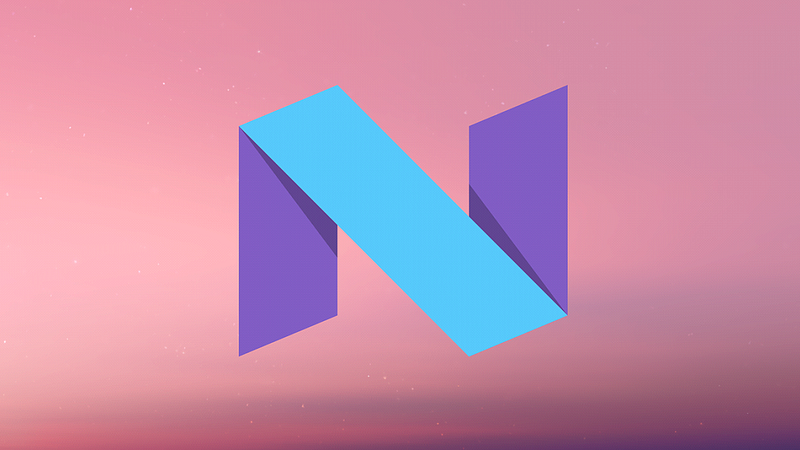
2) Google Polymer — Google’s shiny new developer tool hasn’t yet garnered much popularity and adoption, but like with all its products, Google will be trying to promote it at the I/O. Come I/O, Google will be ready with a sleek product, built from the scratch using Polymer, to show off its utility.
3) Firebase — The cloud services provider, currently under Alphabet Inc., is bound to get a persuasive pitch. As with other tools, Google will try to put it forward through a finished product that uses Firebase.
4) Android Auto — Android Auto substantially increases the time frame of interaction between the user and the developer, through applications, and now more so, as Google is joining hands with nearly all major auto manufacturers. The I/O can see some new and more powerful APIs being released.
5) Espresso — The Espresso is an automated UI testing tool by Google. Still, at a relatively nascent stage, the tool would no doubt be reintroduced with the latest modifications.
6) Expert session on ADT — An expert session on Android Development Tools is scheduled on the second day of the I/O, and needless to say, Tor Norbye is one of the speakers.
In addition, Google will be unraveling the latest libraries and tools for building progressive web apps, which it has been working on. At a first sight, there appears much overlap with the session on Polymer.
ENGAGE
At I/O 2015, Google had broadened the platform for Cloud Messaging to include iOS, apart from Android and Chrome, introduced ‘subscribing to topics’ functionality, and enabled adding frequently visited sites to the home screen. Another powerful metric that Google had placed at the developer’s disposal was that of user-stats — developers can now see how many people visited their apps along with the number of people who installed them. It created a definite and effective feedback mechanism for developers to refer to.
This time around, we can expect some addition to Google Play. There is a session titled “Games: The Google Advantage” that touches on the way professional developers are using Google Play Games Services to improve their games. The session also includes a talk by Ina Fuchs, of YouTube Gaming, on how YouTube helps grow audiences.
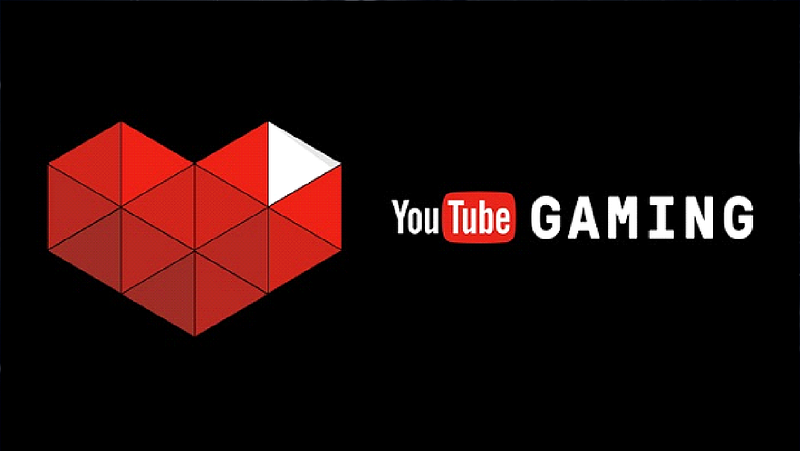
With a talk on quite an interesting application of Firebase, Googler Mark Mandel promises to demonstrate the potential of Firebase Realtime Database in implementing multiplayer games, with functionalities such as keeping track of online players, synchronizing game states across multiple connections, create chat rooms, and match players together for gameplay.
With the aim of enhancing user experience, “A Window into Transitions” will provide an in-depth tutorial on Android’s transition APIs, focusing on content and shared element transitions.
“Principles of Mobile App Design: Delight Users and Drive Conversions” addresses the basic heuristics behind app building, backed by research. Overall, coming up with novel and effective ways to engage users, has always been the most effortless and natural on Google’s part, given the magnitude of data on users that it has access to.
EARN
This part is basically going to be about app advertising. It is difficult to predict what exact changes Google is going to bring about in-app advertising, yet judging by last year’s I/O it is most probably going to be a better stat-based prediction of user behavior.
There are rumors, however, of Google launching the Google Play in China, which would give developers access to an additional billion users. Continuing with rumors, there are faint hopes of Google merging the Chrome OS with Android, which would no doubt create the need for a more diverse pool of apps, further expanding the market for developers.
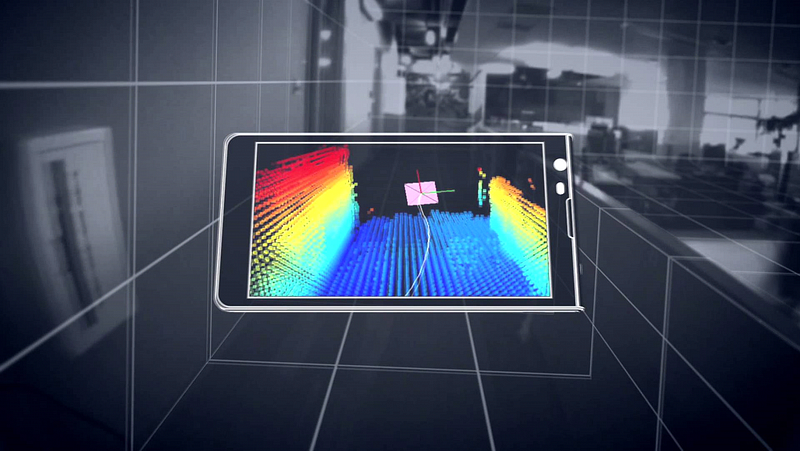
Apart from the possibilities stemming from the mobile platform, there are Google’s Project Tango and Android Wear, both of which are yet to be explored anywhere close to their fullest potential, and both of which pose a different challenge for developers.
From among Google’s ultra-futuristic array of pet projects, however, only Virtual Reality (VR) finds a mention in the schedule. It is a big-time disappointment to not see Project Ara, Google Echo, and Driverless cars on the list.
An invitation to the conference is lottery-based and not everyone may find the right combination of time, energy, and luck to end up there in person. But then, you can still be a part of it through Google I/O extended. To stay updated on the events, download the Google I/O App.
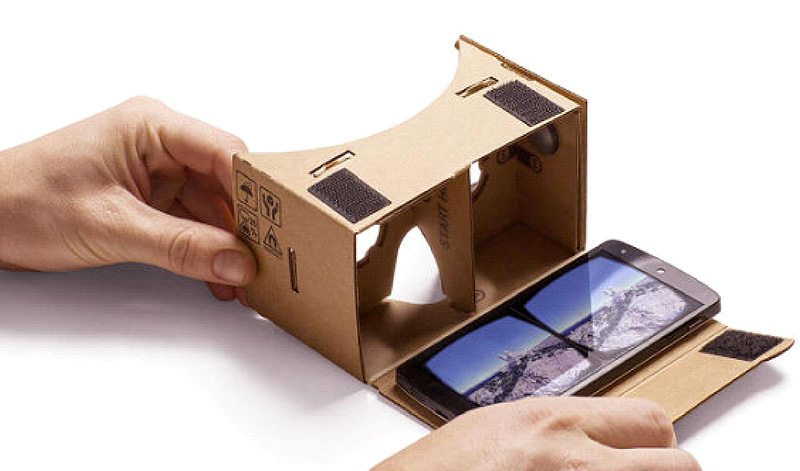
Google’s Virtual Reality Cardboard found one million users just within a year of its launch. In the last I/O, Google furthered the project with the introduction of Expedition and Jump, with Jump being the beginning of the collaboration between Google and GoPro. I am excited to see how Google unfolds the VR story further in collaboration with GoPro while keeping the equipment affordable and relevant to the real world. With all possibility, Jump, built from a rig of 16 off-the-shelf cameras, was but just a glimpse into Google’s arsenal of ideas for virtual reality.
Comment below to let us know your favorite bit of the I/O 2016.
Request Demo
Request a personalized demo of zipBoard to annotate, collaborate, assign tasks, and provide responsive testing when designing your website or e-learning course
Get DemoRelated Post
Recent Posts
- 5 Tips and Tools for Effective Collaborative Video Editing July 10, 2024
- A Guide to Understanding Micro-interactions for Improved User Experience July 8, 2024
- 9 Strategies to Track Project Progress and Ensure Timely Completion July 1, 2024
- Streamline Your AEC Workflows with zipBoard Integrations and APIs June 28, 2024
- Incorporating AI into Web Development and Design QA June 12, 2024
©️ Copyright 2023 zipBoard Tech. All rights reserved.
